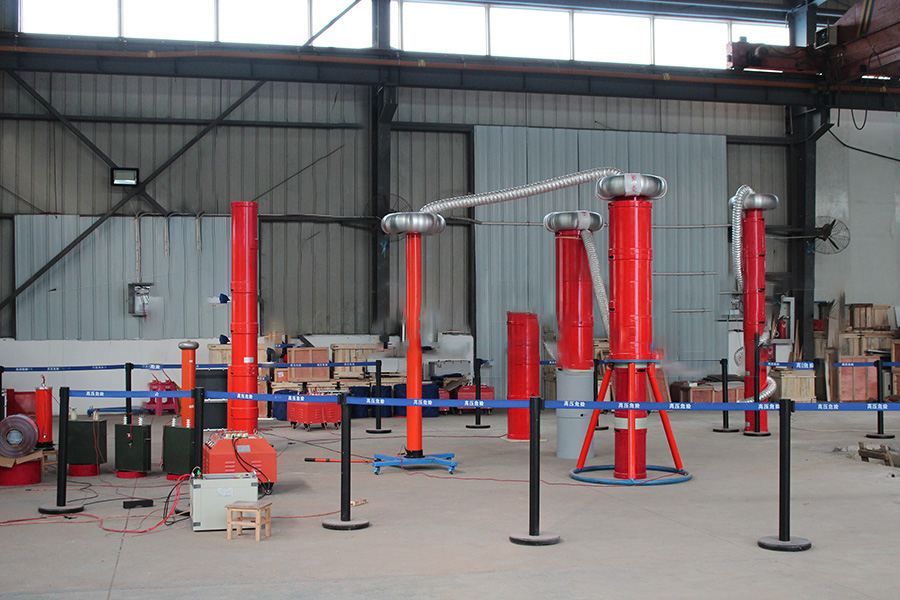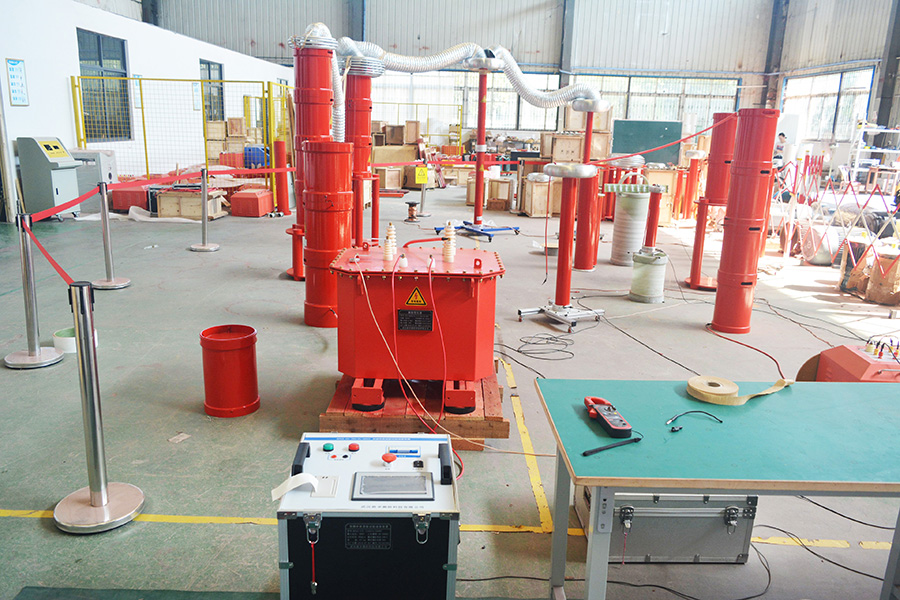Series resonance is a typical AC withstand voltage test device in power test. So what are the differences between series resonance and parallel resonance, and what are their characteristics?

The difference between series resonance and parallel resonance: it has different functions in the resonant state of the circuit. Resonance means that the output voltage and current are in phase. When the circuit is in series: the imaginary part of the total input impedance is equal to zero. When the circuit is in parallel: the imaginary part of the total input admittance is zero. Generally speaking, under the condition of impedance, after resonance, the imaginary parts are equal and the symbols are opposite. The series impedance is equal to 0 and the parallel impedance is equal to infinity. During resonance, the resonance current of the series circuit is infinity and the resonance voltage of the parallel circuit is infinity.

Characteristics of series resonance: series resonance is also called voltage resonance. In the series circuit of resistance, capacitance and inductance, the phenomenon that the power supply, current and voltage are in phase is called series resonance (also known as frequency conversion resonance). Its characteristics are: the circuit is purely resistive, the power supply is in the same phase with voltage and current, reactance x is 0, and impedance Z is the same as resistance R. At this time, the impedance of the circuit is very small and the current is very large. On the inductance and capacitance, it will produce a high voltage many times larger than the power supply voltage, which is the characteristic of series resonance circuit.

Characteristics of parallel resonance: parallel resonance is also called current resonance. Parallel resonance is the superposition of resonant voltage and original voltage. In the parallel circuit of resistance, capacitance and inductance, when the circuit terminal voltage is in phase with the total current, it is called parallel resonance. Its characteristics are: parallel resonance is a complete compensation. The power supply does not need to provide reactive power, but only the active power required by the resistance. At this time, the total current of the resonant circuit is very small, and the branch current is generally larger than the current in the circuit, so parallel resonance is also called current resonance. This is the characteristic of parallel resonance.







